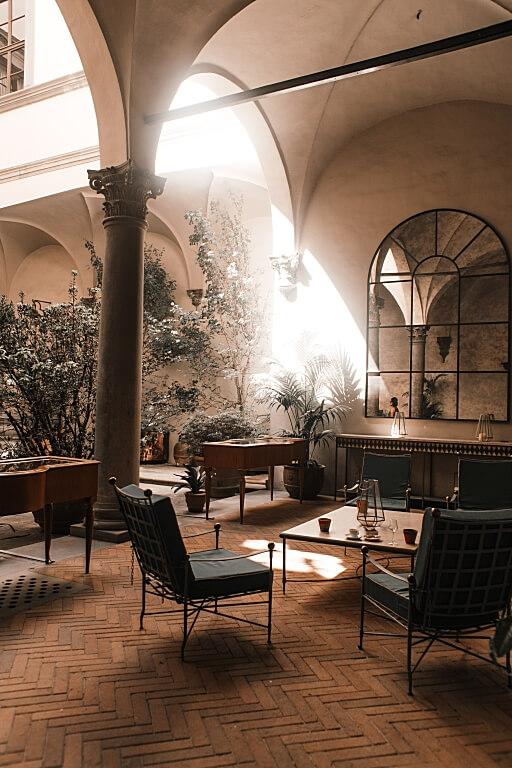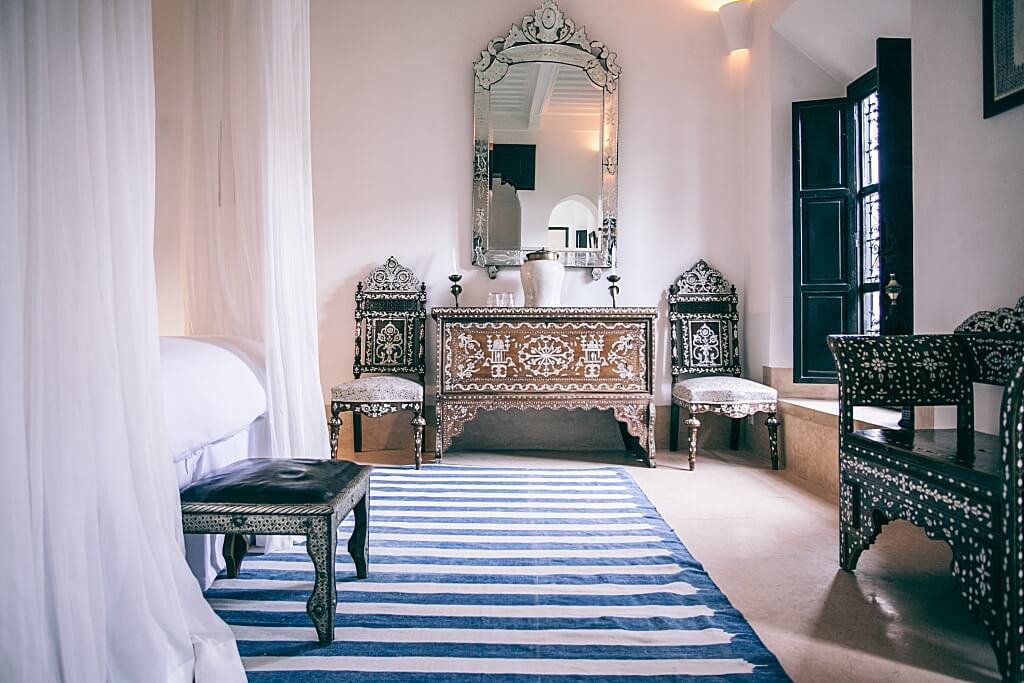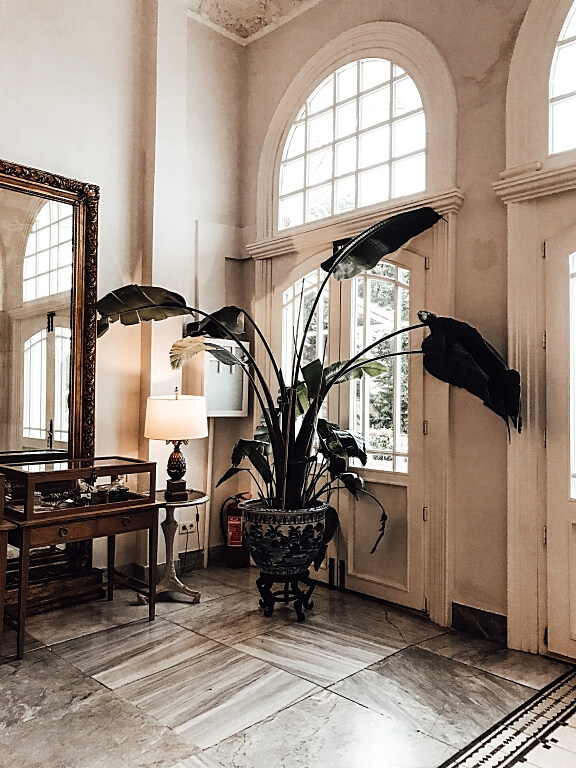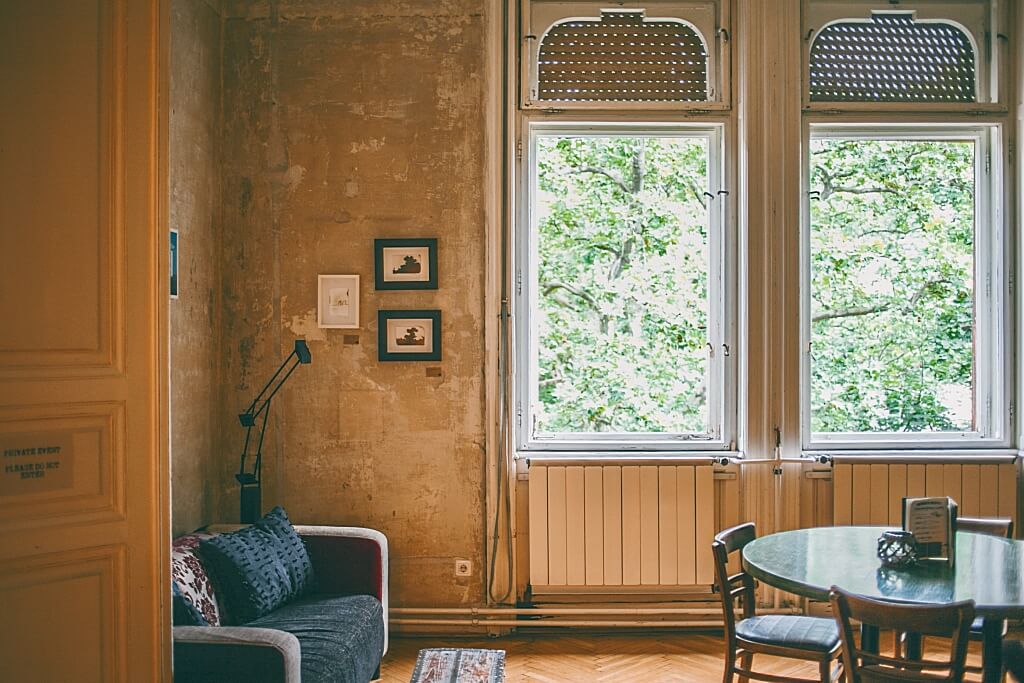History of Interior Designing
22/07/2022 2022-07-22 18:03History of Interior Designing
The art and glorious history of interior design encompasses all of the artistic take on functional interior pieces and the ornamental objects that decorated the humble homes, palatial palaces and other religious spaces. The evolution of human art in terms of interior design is remarkable, from colourful cave paintings and etching to the smart homes that we live in now. But it is essential to remember that much of the classified as art and exhibited in galleries and museums was originally used to furnish interiors.
Interior design has come into the light in the recent years with the inherent need in society to create and have a unique home. The days of plain architecture doesn’t hold good anymore as people with increasing disposable income would like to invest in planning out the interior design of the homes as well. The same held true several centuries ago as people invested in unique and tasteful interior designs that have been salvaged in the recent past to be displayed in the galleries and museums the world across. So, the museum displays that we ogle at were created and used as a part of their homes, as part of their culture, as a part of someone’s daily routine sometime in the past.
Palaeolithic age – Interior design was noted in primitive dwellings in caves and rudimentary houses made of mud, animal skins propped up by sticks featured flora and fauna.
Stone age – Handmade pottery started appearing in stone age. The handmade pottery shows extensive use for both practical and decorative purposes.
Age of Ancient Egypt – The upsurge of royal families in Ancient Egypt transitioned into people living in structures besides simple mud huts. The new structures made for kings and queens boasted murals that portrayed their history and mythical or spiritual beliefs. The new structures had basic furnishings and decorative objects like vases and sculptures – seen for the first time.
Age of the Greeks – Advancements in civilization and much sophisticated lifestyles saw common people decorating their homes in their own inimitable style for the first time ever with wealthier Greeks owning furnishings veneered with ornate ivory and silver details. Iconic and unique pillars and columns were key motifs during this era and the Greeks also created standard rules and procedures for building construction.
Age of the Romans – A harsh age when royals weren’t able to evoke their wealth simply through their homes. The Romans decorated their homes with murals and mosaics, and furnishings featured clawed feet.
The Dark Ages – The Dark Ages saw disinterest in interior design with people opting for simple panelled wood walls, minimal furnishings, and stone slab floors.

The Byzantine Empire – During the period of Byzantine Empire impressive domes and decadent décor took centre stage.
The Renaissance Period – The exquisiteness of interior design was a major feature during the Renaissance period with magnificent furnishings and art realized in lively hues and expensive textiles like silk and velvet along with marble surfaces. And since carpets were too valuable and expensive for even the wealthiest of patrons, they were used as wall art when possible.
Gothic Age – As a comeback to the dark ages, decorative embellishment and bold colours were once again prominent interior design features. Two trademarks of the era carried over through to today are more windows for brighter homes along with open floor plans.
Traditional Age – Embodied by a formal spirit, traditional interior design is still a trend to this day. Traditional design celebrates the well-known, rich history of the past by contrasting it with distinctly modern essentials for an elegant spin on attractive design while highlighting 18th and 19th-century European decor. It’s a timeless design style that conjures easy appeal and luxury and is a great choice for those who appreciate antiques, classic art, balance, and design rich with history.

The Industrial Revolution – Throughout the Industrial Revolution interior design was available for a broader market and was easier to access for the commoners than ever before. This is in large part due to easier printing processes creating an inclusive supply of fashion and lifestyle magazines and the fact that indulgent items became increasingly attainable.
Neoclassical Style – Winning inspiration from ancient Greek and Roman architectural details and motifs, Neoclassical style saw furnishings rely heavily on the use of bronze and gold metals, and soft furnishings featuring silk, velvet, and satin. The trend of identical wallpaper and furnishings also took hold.
Tropical 1880’s – As the British empire conquered countries like India, they combined interior design elements from their home country and the regions they were occupying to create a strong blend of the traditional and the exotic.
Art Deco – The Art Deco movement features an intoxicating combination of early 20th century design styles including Constructivism, Cubism, Modernism, Bauhaus, Art Nouveau, and Futurism. One of the most well-known interior design styles, Art Deco represented modernity, everyday charm, and sophistication.
The Art deco era relied deeply on clean lines, fuss-free sharp silhouettes, bold colour, and formalized patterns like zig-zags and visual figures. For added glamour, ornate trappings and metallic surfaces were also trademarks of the era.

Contemporary 1980’s to Today – Contemporary interior design is definitive yet thoroughly of the moment and ageless thanks to a light-handed, spare take on decorating to ensure it will never feel dated.
While modern decor can feel cold, restraining, and visibly minimal, contemporary chic is soothing and tranquil, and is speckled with a focus on architectural elements, decorative details, attention to bold scales, and a short colour palette to create a warm space with easy sophistication. Simplicity, clean lines, plays on texture, and quiet drama are fundamental in achieving a perfectly balanced contemporary style home.
The history of interior design is all the inspiration we need to make our homes travel back in time and feel like the kings and queens of the past. Enjoy the luxuries and aesthetics in our own homes now that we everyone has equal access to all the coveted interior designs that are both contemporary and antiquated. If you would love to know more about the art of interior design, you can check out our range of courses offered at JD Institute of Fashion Designing.













